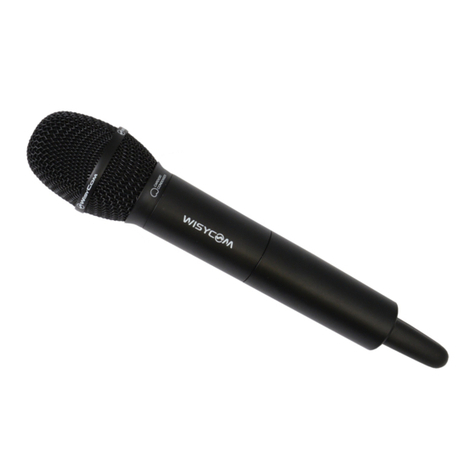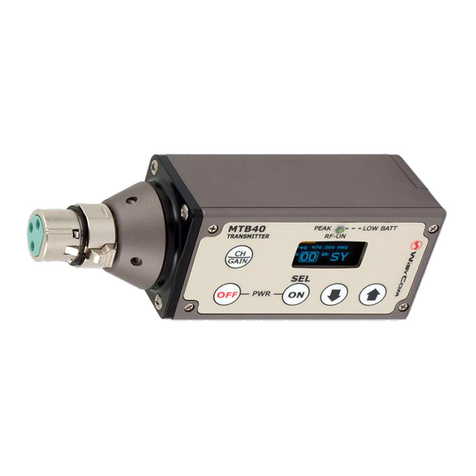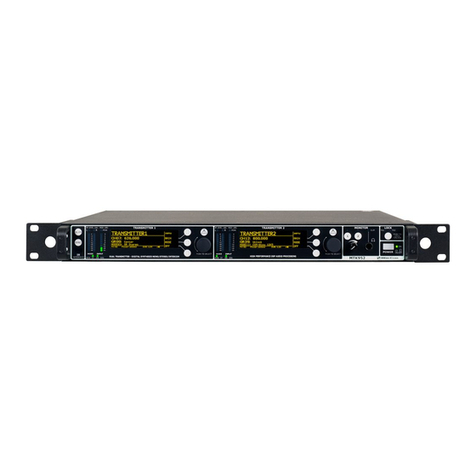WisyCom MTP60 User manual
Other WisyCom Transmitter manuals
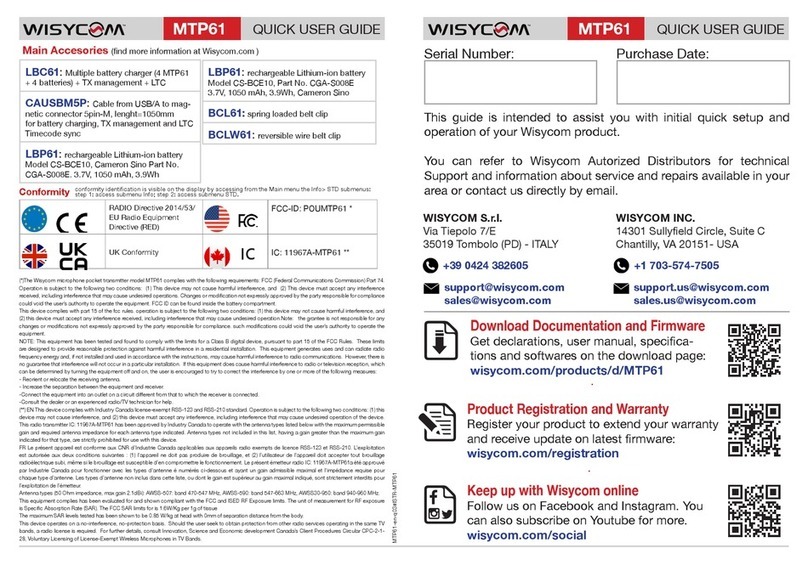
WisyCom
WisyCom MTP61 Instruction manual
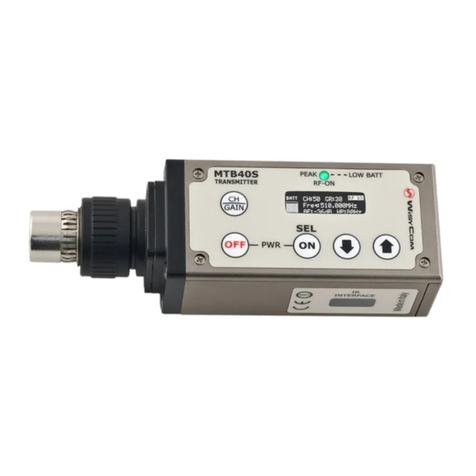
WisyCom
WisyCom MTB40S User manual
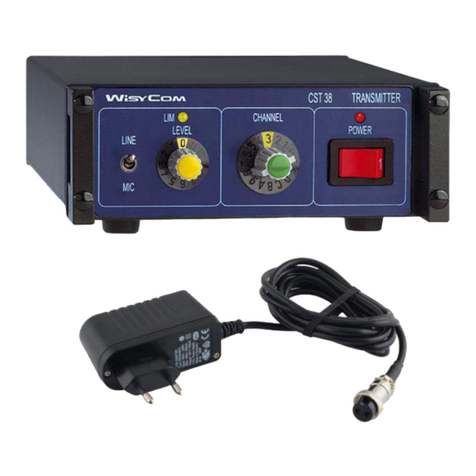
WisyCom
WisyCom CTK38 User manual
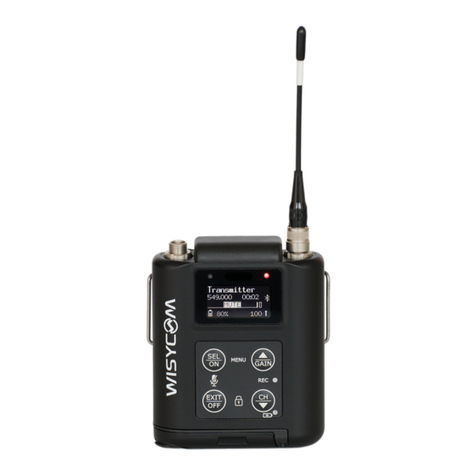
WisyCom
WisyCom MTP60 Instruction manual
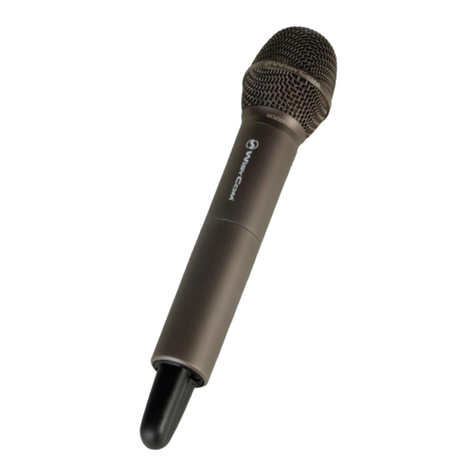
WisyCom
WisyCom MTH400 User manual
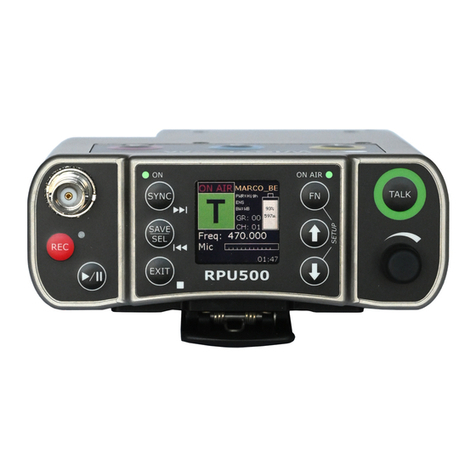
WisyCom
WisyCom RPU500-Tx User manual

WisyCom
WisyCom MTP41 User manual

WisyCom
WisyCom MTH400 User manual
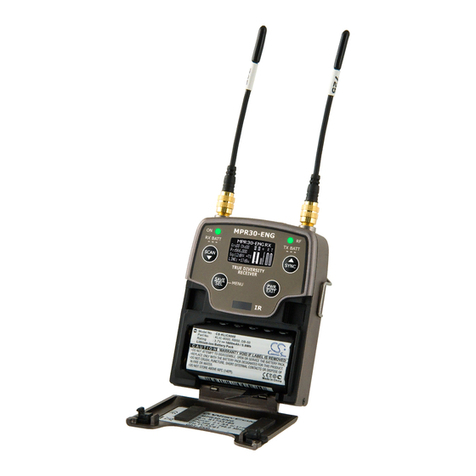
WisyCom
WisyCom MPR30-IEM User manual

WisyCom
WisyCom MTP61 User manual
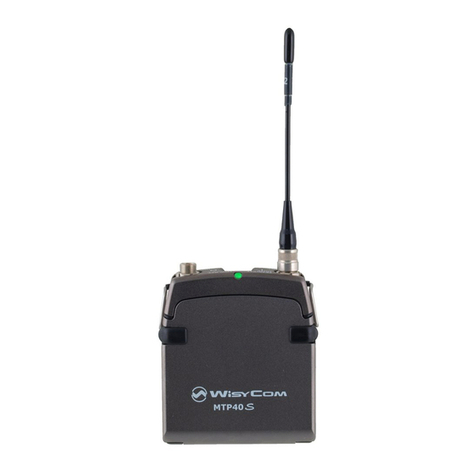
WisyCom
WisyCom MTP40S User manual

WisyCom
WisyCom MTP40S User manual
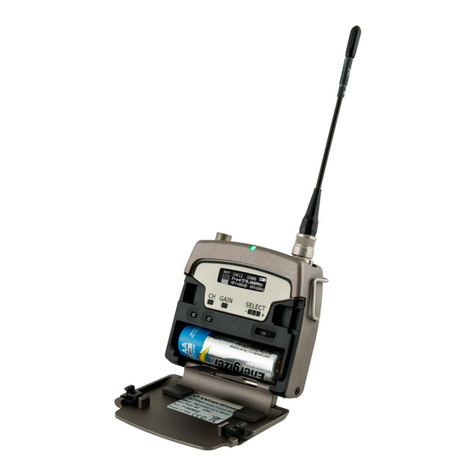
WisyCom
WisyCom MTP41 User manual

WisyCom
WisyCom MTP60 User manual
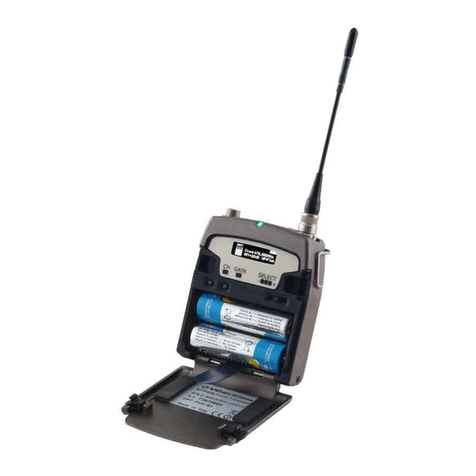
WisyCom
WisyCom MTP40 User manual
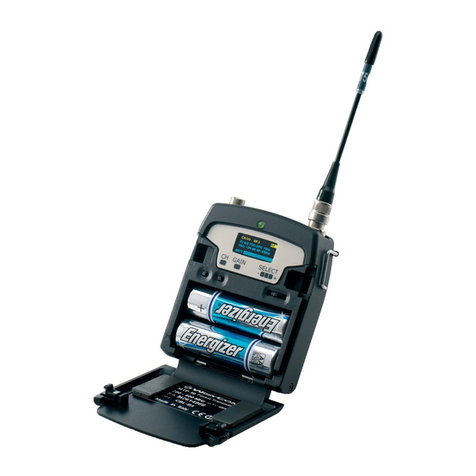
WisyCom
WisyCom MTP30 Instruction manual

WisyCom
WisyCom MTK982 User manual
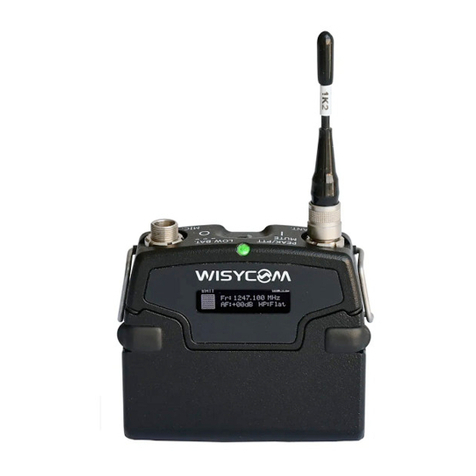
WisyCom
WisyCom MTP51-JP User manual
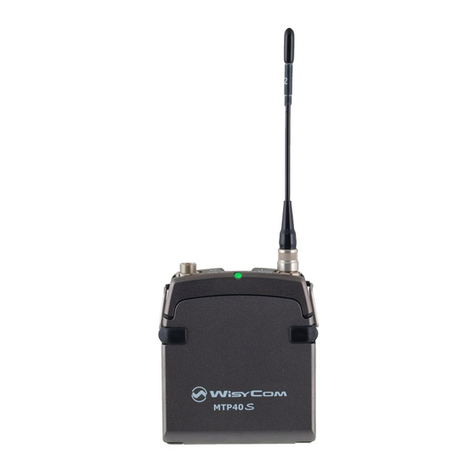
WisyCom
WisyCom MTP40S-US User manual

WisyCom
WisyCom MTB40S Instruction manual
Popular Transmitter manuals by other brands

Geo
Geo Web Pack quick start guide

Inovonics
Inovonics EchoStream EN1210W installation instructions

IKONNIK
IKONNIK KA-6 quick start guide

Rohde & Schwarz
Rohde & Schwarz SR8000 Series System manual

Audio Technica
Audio Technica UniPak ATW-T93 Installation and operation

NIVELCO
NIVELCO EasyTREK SCA-300 Series Programming manual

